John William Motto
Table of contents :
Foreward……Page 3
Introduction……Page 6
1. What is Power Electronics……Page 7
3. The Role of Power Filters……Page 8
4. Types of Solid-State Switches……Page 9
6. The Internal Functional Sections of a Generalized Power Converter……Page 10
7. Power/Frequency Domains of Power Electronics……Page 11
9. Converter Terminology Defined……Page 12
11. Functional Categories of Applications……Page 13
12. Power Electronics – Laboratory Curiosity or Competitive Necessity?……Page 14
13. Power Electronics Books……Page 15
14. Problems……Page 17
Introduction……Page 18
3. Transient V-I Characteristic of a Diode……Page 19
5. Simplifying Assumptions……Page 20
6. Single-Phase Half-Wave Diode Rectifier……Page 21
7. Single-Phase Half-Wave Diode Rectifier – R/L Load……Page 22
8. Single-Phase Half-Wave Diode Rectifier – Other Loads……Page 23
9. Single-Phase Full-Wave Diode Rectifiers and Continuous Current……Page 24
11. Two-Pulse Rectifier with Inductance Filter……Page 25
12. Power Relationships……Page 26
13. Three-Phase Diode Rectifiers……Page 27
15. Generalized Bridge Rectifier……Page 29
17. Transformers and Nonsinusoidal Waveforms……Page 30
18. Problems……Page 32
Introduction……Page 36
2. Steady-State V-I Characteristic of a Thyristor……Page 37
3. Two-Transistor Analog for Explaining Thyristor Turn-On……Page 38
4. Gate Characteristics……Page 39
5. Transient V-I Characteristic of a Thyristor……Page 40
6. Thyristor Ratings – Design Tradeoffs and Commercial Availability……Page 41
8. Two-Pulse AC/DC Converter Operating as a Controlled Rectifier……Page 42
9. Two-Pulse AC/DC Converter Operating as a Synchronous Inverter……Page 44
10. AC/DC Converter as a Linear Amplifier……Page 45
11. AC/DC Converter as a DC Motor Drive……Page 46
12. Two-Pulse Semiconverters……Page 48
14. Waveform Derivation for a Three-Phase Bridge AC/DC Converter……Page 49
15. Naturally Commutated Cycloconverter……Page 53
17. Triac……Page 54
18. AC Switches and Regulators……Page 56
19. Varegulators……Page 57
20. Brushless Machines……Page 58
22. Problems……Page 60
Introduction……Page 64
1. Power Transistor……Page 65
3. DC Switching and Regulation……Page 66
4. Chopper Using Thyristors……Page 67
5. Fundamentals of Inverters……Page 68
7. Half-Bridge Inverter with an Inductive Load……Page 70
8. Thyristor Inverters with Forced Commutation……Page 71
9. Types of Forced Commutation……Page 72
10. Series Inverter……Page 73
11. Parallel Inverter……Page 74
13. Inverter Output Voltage Control……Page 75
14. Inverter Output Waveform Improvement……Page 77
15. Frequency and Power Factor Changers……Page 78
16. Problems……Page 79
Introduction……Page 82
2. Importance of Junction Temperature……Page 83
3. Components of Dissipation……Page 84
6. Simplified Geometry Assumed for the “Typical” Device……Page 85
9. Selection of Device Package and Type of Heat Sink……Page 86
11. Forced Air Cooling……Page 87
13. Using the Data Sheet for Heat Sink Calculations……Page 88
15. Transmission Line for Transient Thermal Analysis……Page 95
17. Transient Thermal Impedance of Each Section……Page 96
19. Junction-to-Case Transient Thermal Impedance……Page 97
21. Calculation of Pulse and Surge Current Capabilities……Page 98
22. Turn-On di/dt……Page 100
23. Transient Overvoltage……Page 101
24. Off-State dv/dt……Page 102
25. Series/Parallel Arrays for High-Power Applications……Page 103
27. Problems……Page 104
Appendix I……Page 106
Appendix II……Page 107
Appendix III……Page 108
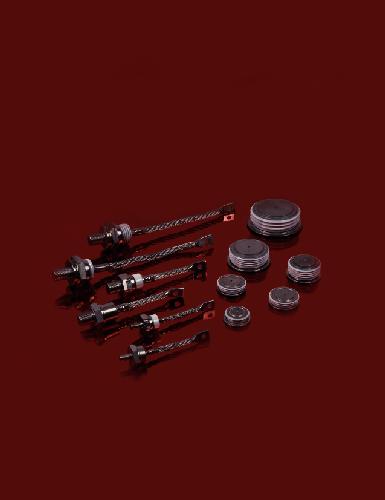
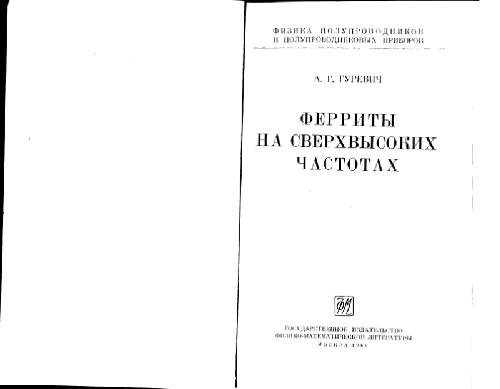
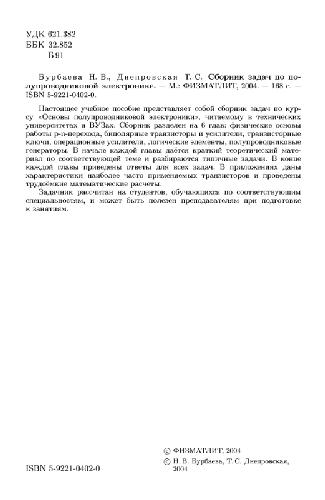
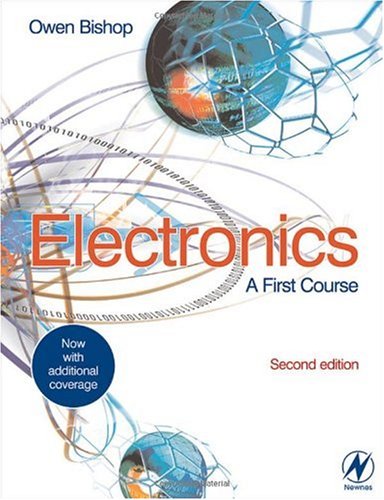
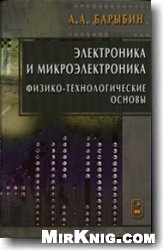
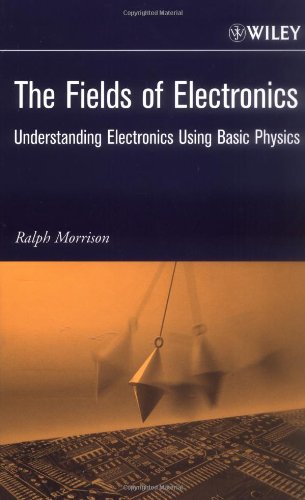
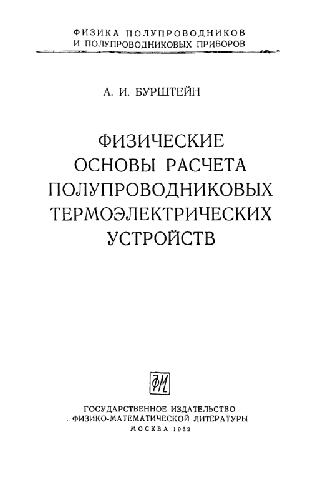
Reviews
There are no reviews yet.